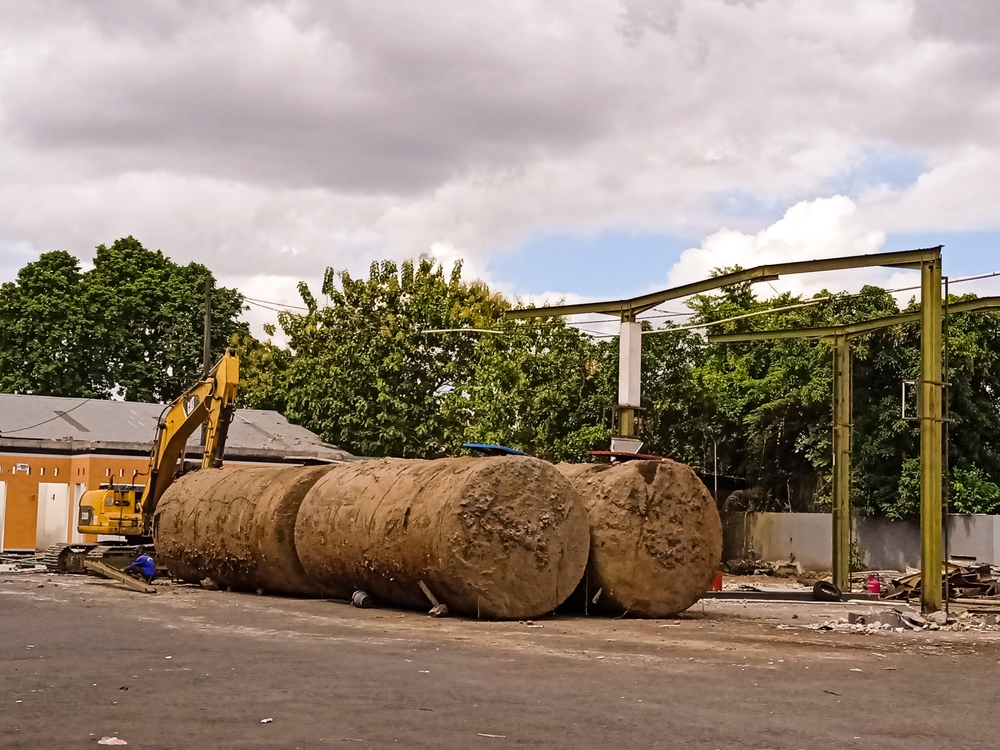Cost Factors Affecting Tank Removal Projects

Removing a tank, whether it’s for oil, fuel, or any other substance, involves various factors that influence the overall cost of the project. Understanding these cost factors can help homeowners and businesses budget effectively and avoid unexpected expenses. In this article, we will explore the key elements that determine the cost of tank removal and provide insight into how much it typically costs to remove an underground oil tank.
Factors Determining the Cost of Tank Removal
When it comes to tank removal projects, several critical factors play a role in determining the final cost. Here’s a detailed look at each of these factors:
1. Type of Tank
The type of tank being removed is one of the most significant cost factors. Tanks come in various forms, including:
- Underground Tanks: These are often more expensive to remove due to their depth and the need for excavation.
- Above-Ground Tanks: Removal of above-ground tanks is generally less costly as they are more accessible.
- Residential vs. Commercial Tanks: Commercial tanks tend to be larger and more complex, which can increase the removal cost compared to residential tanks.
2. Size and Capacity of the Tank
The size and capacity of the tank are crucial in determining the removal cost. Larger tanks require more extensive excavation and handling, which can increase labor and disposal fees. For instance:
- Small Residential Tanks: Typically, these are easier and less expensive to remove.
- Large Commercial Tanks: These may require specialized equipment and more manpower, leading to higher costs.
3. Location of the Tank
The location of the tank can significantly impact the cost. Key considerations include:
- Accessibility: Tanks that are easily accessible are generally less expensive to remove. Difficult-to-reach locations may require additional equipment and labor.
- Proximity to Structures: If the tank is close to buildings or other structures, extra care must be taken, which can increase costs.
- Soil Conditions: Soil types and conditions can affect the complexity of excavation and removal. Rocky or contaminated soil can add to the expense.
4. Presence of Contamination
If the tank has leaked or there is evidence of contamination, the removal process becomes more complex and costly. Contaminated soil and groundwater may require additional testing, cleanup, and disposal procedures, which can substantially increase the overall cost of the project.
5. Disposal and Environmental Regulations
Disposal fees and adherence to environmental regulations also impact the cost of tank removal. Costs can vary based on:
- Disposal Fees: Proper disposal of the tank and its contents often involves fees, especially if hazardous materials are involved.
- Permits and Regulations: Compliance with local environmental regulations and obtaining necessary permits can add to the cost. Regulatory requirements can vary by location and may involve additional paperwork and inspections.
6. Labor and Equipment Costs
The cost of labor and equipment used for tank removal is another significant factor. This includes:
- Labor Costs: The complexity of the removal process can affect labor costs. More challenging removals require skilled labor, which can be more expensive.
- Equipment Costs: Specialized equipment for excavation, tank removal, and disposal can add to the overall cost. The need for cranes, backhoes, or other machinery can increase expenses.
7. Additional Services
Sometimes, additional services are required during the tank removal process, which can impact the cost. These may include:
- Site Restoration: After the tank is removed, site restoration might be needed to repair any damage caused during excavation. This can include filling in holes, replanting grass, or repairing landscaping.
- Leak Detection and Testing: If there is a risk of leaks, additional testing and detection services might be necessary, adding to the overall cost.
How Much Does It Cost to Remove an Underground Oil Tank?
The cost to remove an underground oil tank can vary widely based on several of the factors discussed above. On average, homeowners can expect to pay between $1,000 and $3,000 for the removal of a standard residential underground oil tank. However, this is a general estimate, and actual costs can differ based on specific circumstances.
Average Costs Breakdown
- Basic Removal: For a straightforward removal of an underground oil tank, costs typically range from $1,000 to $2,000.
- Contaminated Soil: If the tank has leaked and there is contamination, costs can increase to $2,000 to $4,000 or more, depending on the extent of the contamination.
- Complex Removals: For tanks in difficult-to-reach locations or those requiring extensive excavation, costs can exceed $4,000.
Regional Variations
Cost variations can also occur based on geographical location. In areas with higher labor and disposal fees or stricter environmental regulations, removal costs may be higher. Conversely, in regions with lower costs for labor and disposal, the price might be lower.
Conclusion
Understanding the cost factors affecting tank removal projects is essential for effective budgeting and planning. Key elements such as the type and size of the tank, its location, contamination issues, disposal requirements, and additional services all play a role in determining the overall cost. By considering these factors, homeowners and businesses can better estimate the expenses involved in tank removal and ensure a smoother, more predictable project.


